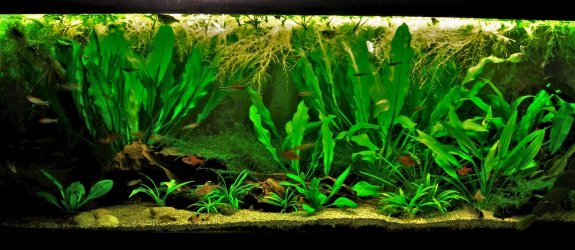CarloM12
Fish Fanatic
- Joined
- Oct 12, 2017
- Messages
- 61
- Reaction score
- 3
Hello everyone,
So I have been wondering, is home depot play sand safe for stingrays? I have 3 Motoro rays in a 75-gallon tank bare bottom, and I am looking to move them over to my 125 gallon tank which has play sand I have had in there for over a year. It looks as though it is safe, and I once had a teacup ray in there and it had done well. I know the whole thing about silica in the sand but the play sand I bought seems to be very fine. Also, what's the difference between play sand, and pool filter sand? I'll leave a link below for what brand it is.
Link: http://www.acehardware.com/product/...9aZ5V0TEUEGDy1oPEbmWvaImknBmnG58aAtL9EALw_wcB
So I have been wondering, is home depot play sand safe for stingrays? I have 3 Motoro rays in a 75-gallon tank bare bottom, and I am looking to move them over to my 125 gallon tank which has play sand I have had in there for over a year. It looks as though it is safe, and I once had a teacup ray in there and it had done well. I know the whole thing about silica in the sand but the play sand I bought seems to be very fine. Also, what's the difference between play sand, and pool filter sand? I'll leave a link below for what brand it is.
Link: http://www.acehardware.com/product/...9aZ5V0TEUEGDy1oPEbmWvaImknBmnG58aAtL9EALw_wcB




